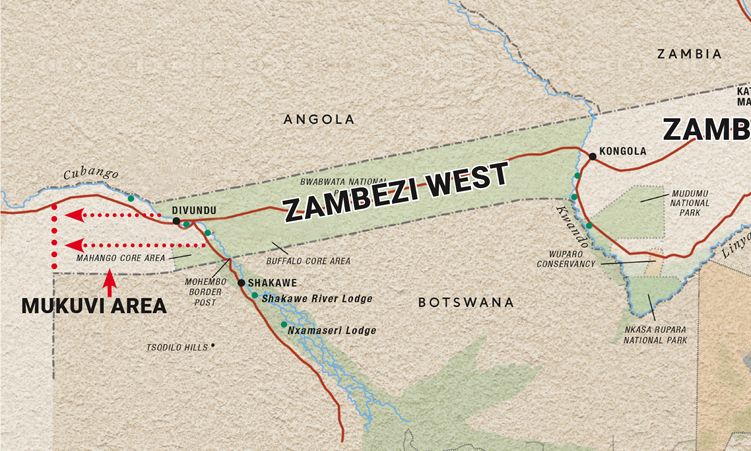CERVICAL cancer is the fourth leading cause of death among women worldwide, and in Namibia, it is the second leading cause of death among women.
This was said by deputy minister of health and social services Esther Muinjangue at an event to observe Cervical Cancer Awareness Month last week.
“This condition is considered as an AIDS defining illness and can be completely prevented through human papillomavirus (HPV) vaccination, early screening and treatment,” she said.
To date, a total of 91 548 women, regardless of HIV status, were screened for cervical cancer from 2018 to 2022.
In the country operational plan (COP 21), a total 20 325 women living with HIV-AIDS were screened. The cervical cancer prevention progamme has maintained a high treatment rate of 90% among women living with HIV-AIDS, which is in line with the World Health Organisation treatment recommendation.
“HIV remains a public health [issue] in Namibia and a multi-disciplinary approach response will reduce the morbidity and mortality associated with the virus itself. In 2018, the cervical cancer prevention programme was introduced in the country to cater for women living with HIV aged between 20 and 49 and HIV negative women aged between 25 and 49.”
The commemoration of World Cervical Cancer Awareness Month aims to create awareness about the importance and availability of cervical cancer screening and treatment services for women who are at risk. The health ministry will conduct cervical cancer screening sessions at all public health facilities around the country from 23 January to 3 February, Muinjangue said.
This year, the Zambezi region will be hosting the main activities for the commemoration, which include a march at Katima Mulilo today (yesterday) and a screening campaign starting from Tuesday to Friday.
“I urge all women from the age of 20 to 49 to visit our health facilities and get screened for cervical cancer,” Muinjangue said.
Dr Chatty Lisoma, a medical officer in the health ministry’s cancer prevention programme, says cervical cancer is a disease which develops when the cells of the cervix grow out of control.
It is preventable and treatable if it is identified early and is the fourth most common cancer in women worldwide.
In 2020, about 604 124 women were diagnosed with cervical cancer globally, and 341 083 died from the disease, with 85% of these women coming from low- and medium-income countries.
In Namibia, cervical cancer is the second most common type of cancer after breast cancer.
Incidents of cervical cancer are higher among women living with HIV, who have about a six-fold risk of developing cervical cancer.
Cheryl Amoroso, United States President’s Emergency Plan for AIDS Relief (Pepfar) country coordinator, says Pepfar has worked with the Ministry of Health and Social Services to train healthcare providers across the country to screen women for cervical cancer.
The Centres for Disease Control and Prevention (CDC) Namibia has also worked with the ministry to make it possible for treatment of early precancerous cells to occur at the facility where the women is screened, and to increase the referral points across the country where a doctor will remove the dangerous cells if they have become larger.
This has made it quicker, simpler, and easier to prevent invasive cervical cancer because together we have made it possible for women to access screening and treatment services, she said.
Stay informed with The Namibian – your source for credible journalism. Get in-depth reporting and opinions for
only N$85 a month. Invest in journalism, invest in democracy –
Subscribe Now!






